

— Produits —
 Téléphone +8618073152920
Téléphone +8618073152920 WhatsApp:+8615388025079
Address:Chambre 102, District D, Parc industriel de Houhu, District de Yuelu, Ville de Changsha, Province du Hunan, Chine
Tous les produits
Le capteur de pH du sol est un dispositif utilisé pour mesurer l'acidité et l'alcalinité du sol. Il se compose généralement de deux électrodes : une électrode de référence et une électrode de travail. L'électrode de référence est généralement une électrode en argent/chlorure d'argent, qui fournit un potentiel stable comme point de référence. L'électrode de travail est généralement une électrode de verre qui est en contact avec le sol et mesure le pH du sol. Lorsque la c···
Tél/WhatsApp:+8615367865107
Email:Arvin@niubol.com +Près de 100 entreprises partenaires dans plus de 68 pays. Nous nous engageons à fournir des produits de haute qualité et pratiques pour répondre à vos besoins et vous aider à résoudre vos problèmes.Détails du produit
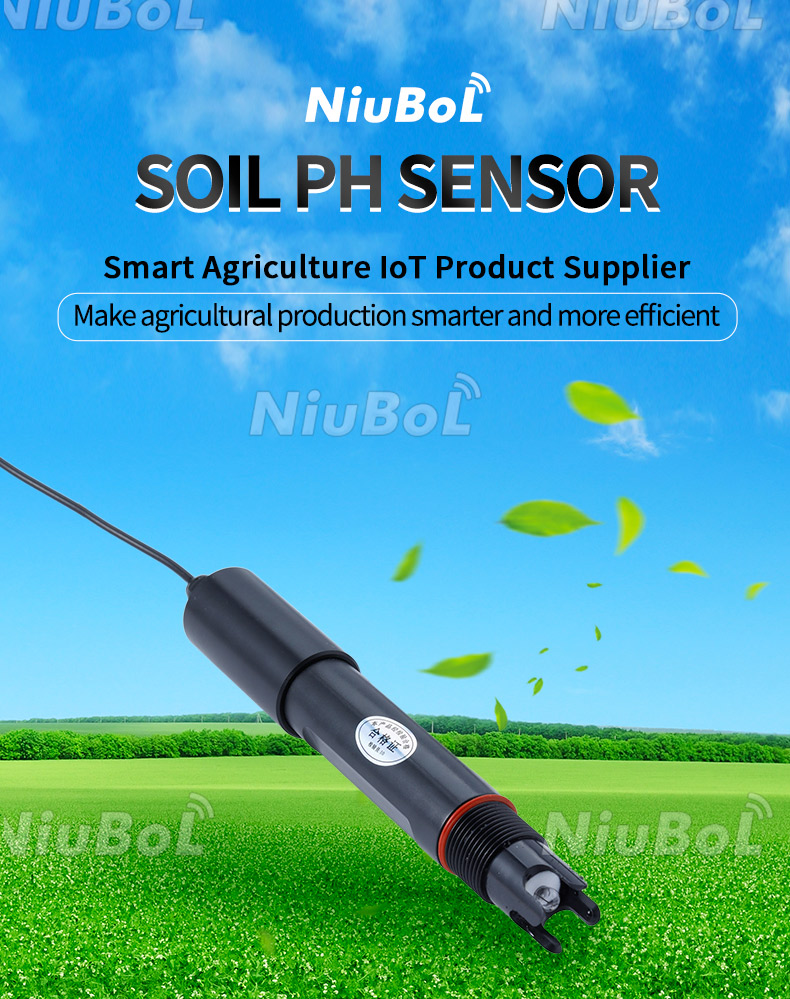
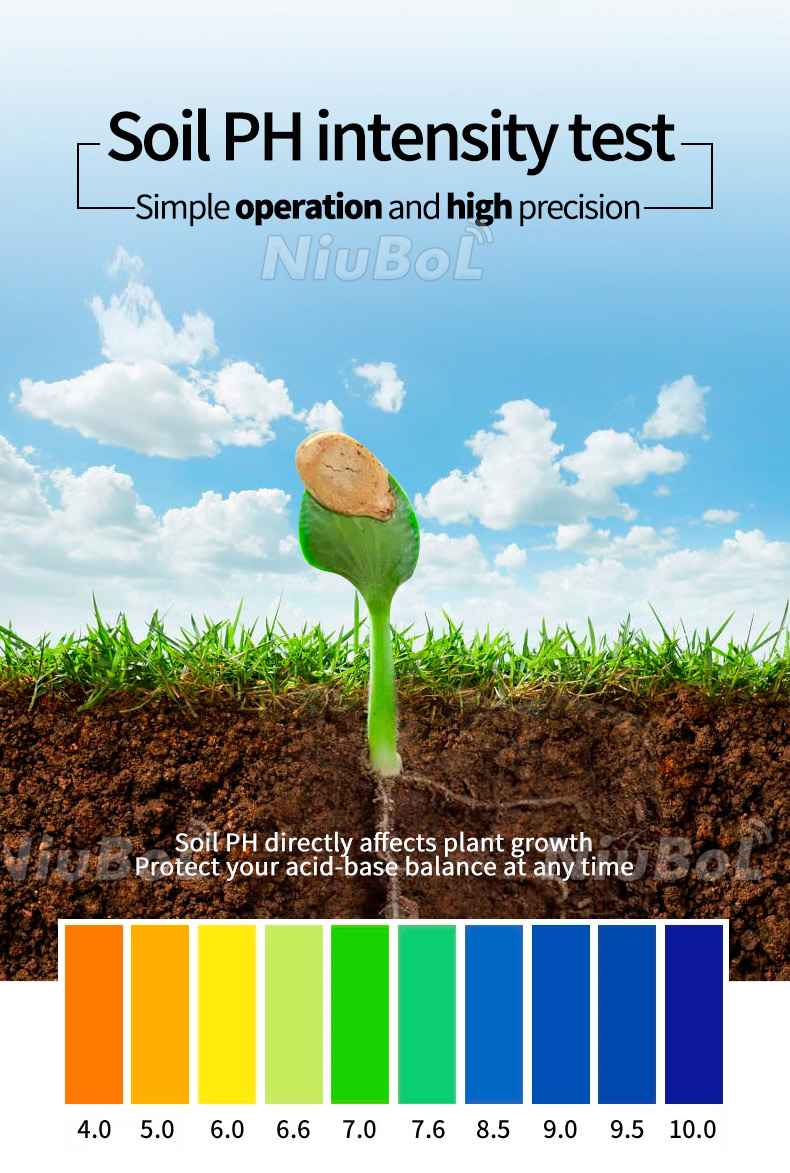
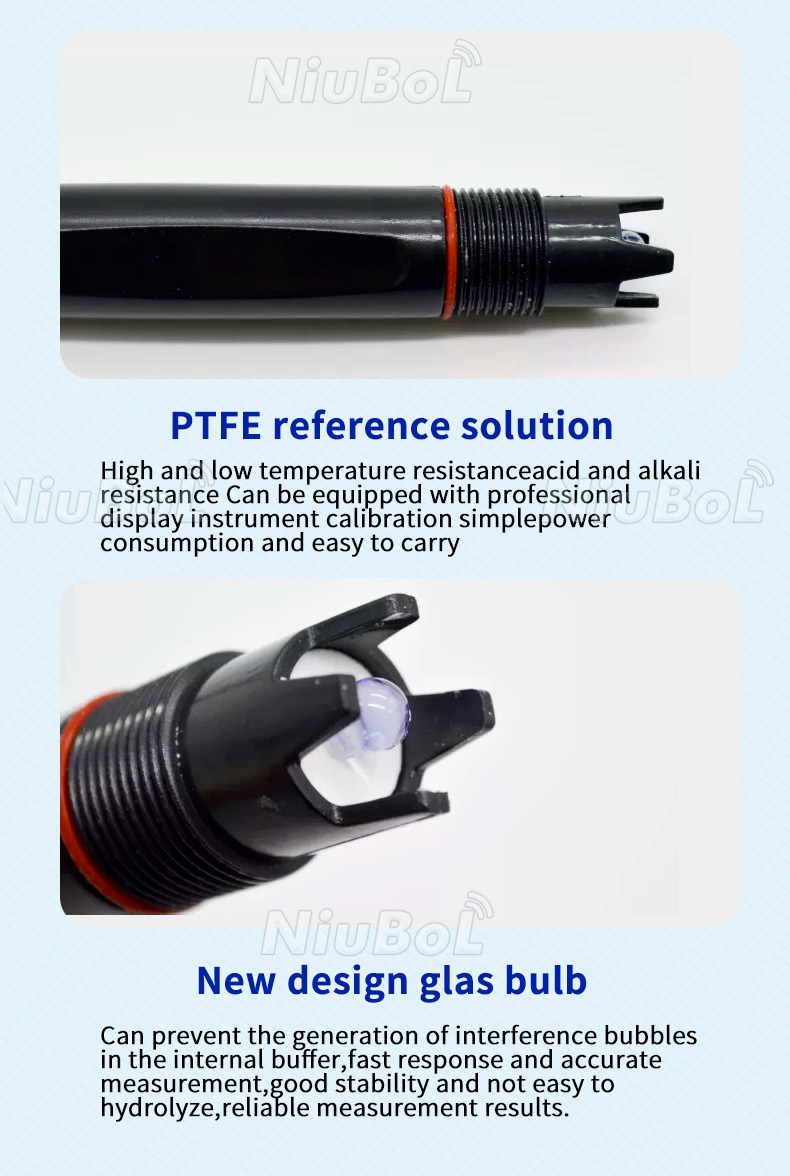
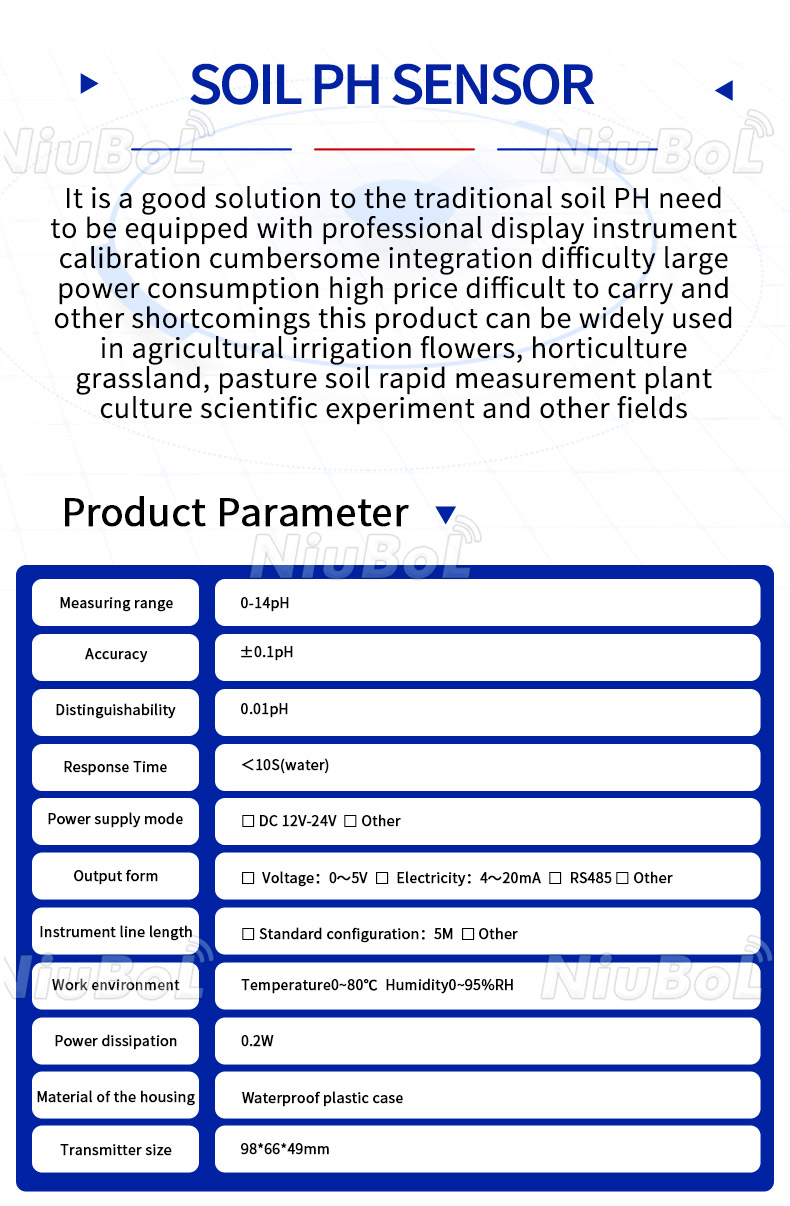
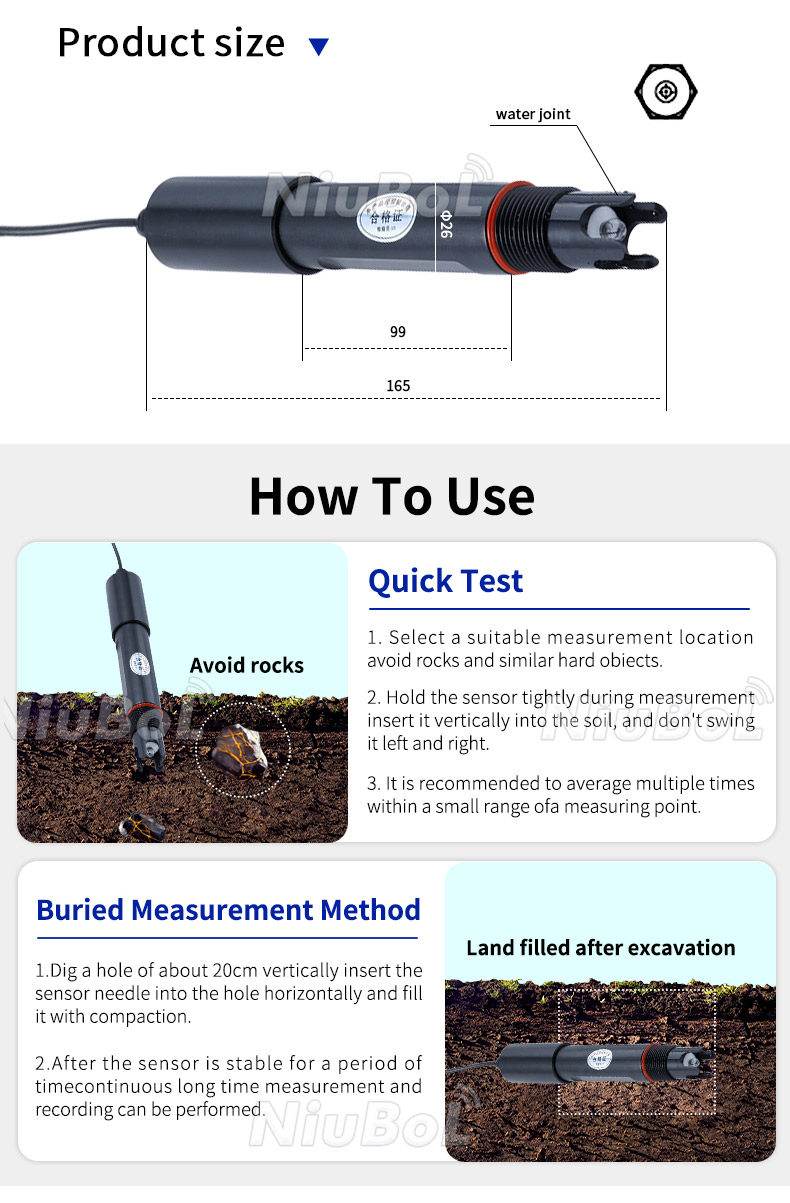
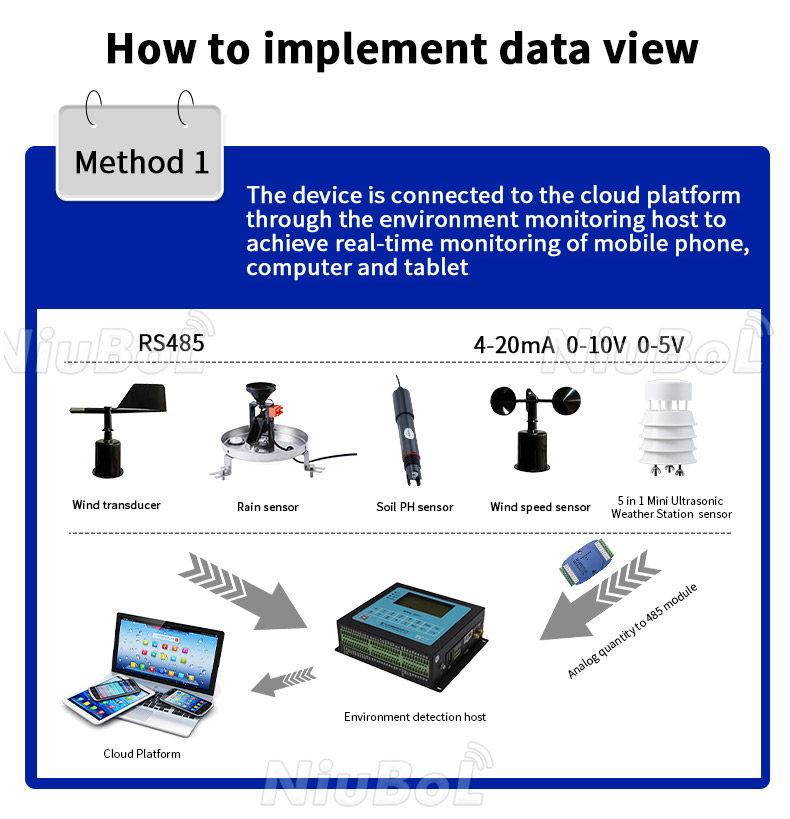
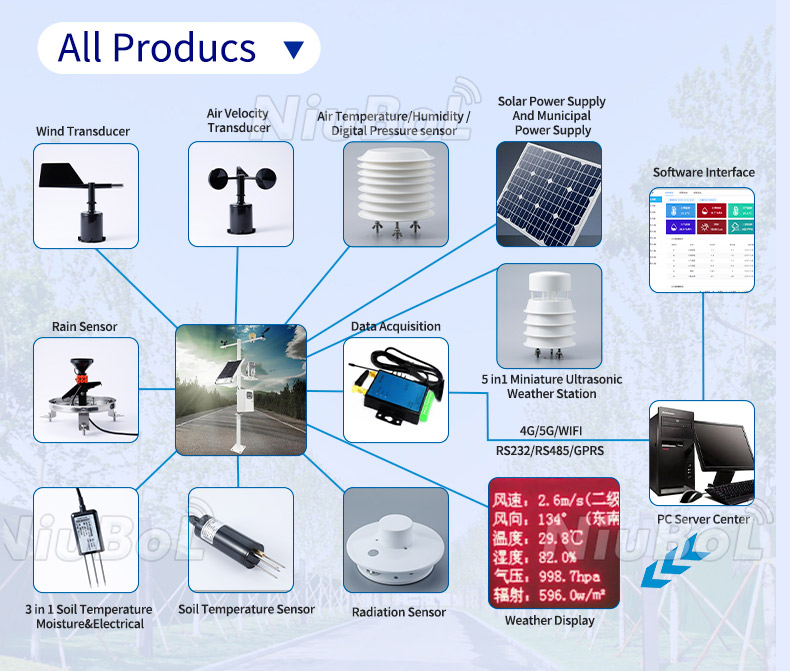
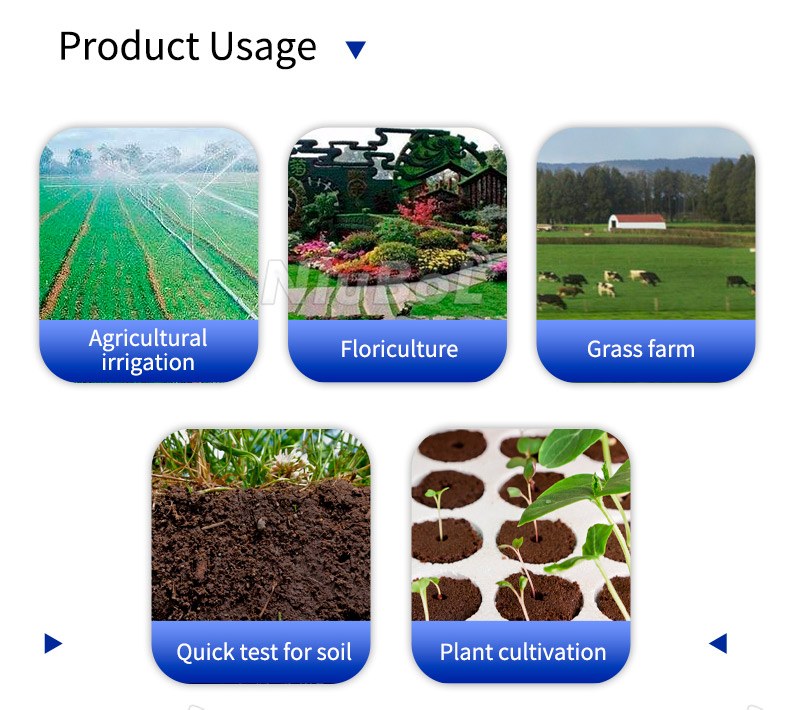

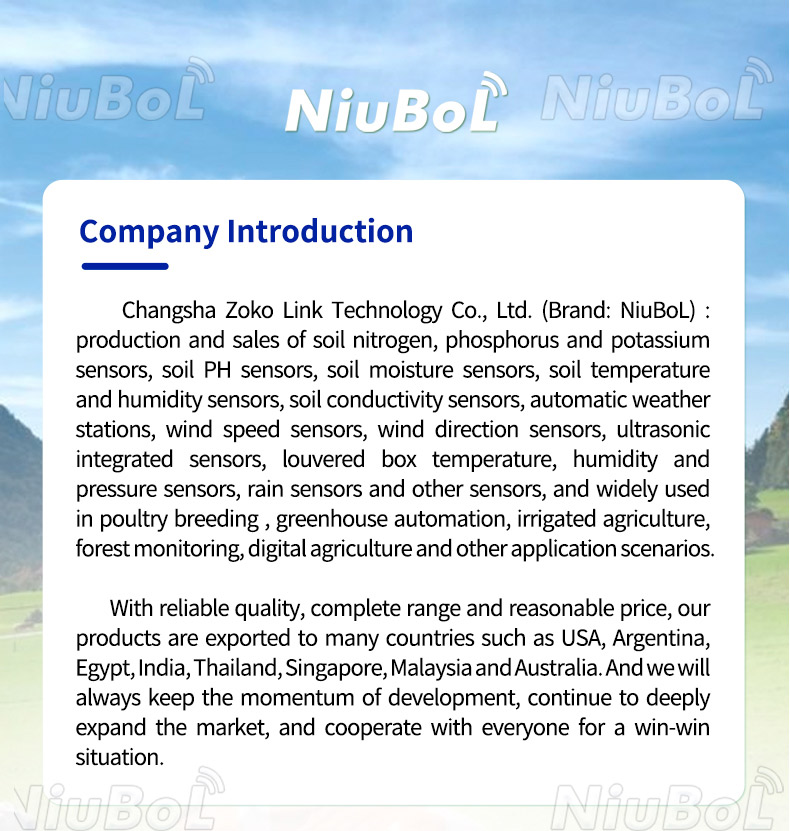

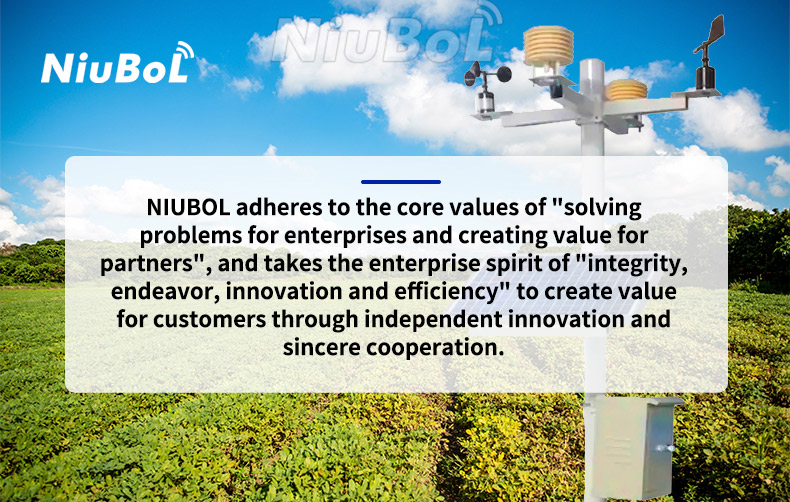
Un capteur de pH du sol est un appareil permettant de mesurer l'acidité et l'alcalinité du sol. Il est généralement composé de deux électrodes : une électrode de référence et une électrode de travail. L'électrode de référence est généralement une électrode en argent/chlorure d'argent, qui fournit un potentiel stable. L'électrode de travail est généralement une électrode de verre en contact avec le sol et mesure son pH. Lorsque la concentration en ions hydrogène du sol varie, une réaction chimique se produit entre l'électrode de verre et le sol, provoquant une variation de potentiel à la surface de l'électrode de verre. Le capteur détermine le pH du sol en mesurant cette variation de potentiel. Grâce à ce capteur de pH, il est possible de suivre l'acidité et l'alcalinité du sol et de prendre les mesures appropriées pour réguler le pH et répondre aux besoins des différentes plantes.
Le principe de fonctionnement du capteur de pH du sol est basé sur la technologie de mesure électrochimique, qui implique principalement une électrode en verre et une électrode sélective d'ions.
Glass electrode: The key component in a soil pH sensor is the glass electrode. The glass electrode usually consists of a glass membrane sphere and an internal reference electrode. The glass membrane sphere is made of a special glass material which contains a special glass solution. This glass solution has the ability to react with hydrogen ions (H+) in the soil.
Ion Selective Electrodes: In addition to glass electrodes, soil pH sensors may also contain ion selective electrodes. An ion-selective electrode is an electrode that is designed to measure the concentration of specific ions. In soil pH sensors, ion-selective electrodes are primarily used to measure the concentration of hydrogen ions in the soil.
When the soil pH sensor is inserted into the soil, the glass electrode comes into contact with the soil and the glass solution inside the glass membrane sphere reacts with the hydrogen ions in the soil. This reaction produces an electrical potential that is proportional to the hydrogen ion concentration in the soil. At the same time, the ion-selective electrode measures the hydrogen ion concentration in the soil and generates another potential. By measuring the difference between these two potentials, the soil pH sensor can determine the acidity or alkalinity, or pH, of the soil.
The circuitry inside the sensor converts the potential difference into a digital signal that displays or records the soil's pH via a connected display or data acquisition device. It is important to note that soil pH sensors need to be calibrated periodically in order to ensure accurate measurements. The calibration process will use a standard buffer (a liquid with a known pH value) for comparison to ensure the accuracy and precision of the sensor.
Soil ph sensor has a wide range of applications in many fields, the following are the main application scenarios and its role value:
Agricultural field: In agricultural production, soil pH has an important impact on the growth and development of crops. Different crops have different requirements for soil pH, so it is very important to know the soil pH in time. By using soil pH sensors, farmers or horticulture enthusiasts can keep abreast of the soil's acidity and alkalinity so that they can take appropriate measures to regulate the soil's pH to meet the needs of different plants. This helps to improve crop yield and quality while reducing the use of chemical fertilizers and pesticides.
Land improvement field: soil pH sensors can also be used in the field of land improvement. When soil pH is found to be unstable, changes in soil pH can be monitored, and appropriate measures can be taken to regulate the pH of the soil in order to improve the land environment and increase the output efficiency of the land.
Environmental monitoring field: soil pH sensor can also be used in the field of environmental monitoring. In some environmental pollution events, the pH of the soil may change. Through the use of soil pH sensors, changes in soil acidity and alkalinity can be monitored in a timely manner, thus helping people to understand the environmental conditions and take appropriate measures.
Installation requirements and precautions for soil pH sensor are as follows:
Choose the right soil pH sensor: Select the right soil pH sensor according to the application scenario and measurement requirements. Ensure that the parameters of the sensor such as range, accuracy and service life meet the requirements.
Prepare tools and materials: Before installation, you need to prepare some tools and materials, including drilling tools, cleaners, gauze, plastic tubes, isolation rings and so on.
Determine the installation location: Choose a flat, dry, weed- and rock-free soil surface as the installation location. Make sure the sensor can fully contact the soil while avoiding contact with hard objects that may damage the sensor.
Install the sensor: Insert the sensor into the soil until it reaches the proper depth. Ensure that the sensor is in full contact with the soil, but avoid applying too much force to avoid damaging the sensor.
Connect the power supply and data output interface: Connect the power supply and data output interface of the sensor to ensure a stable and reliable connection. At the same time, the data output cable needs to be connected to a computer or data collector for real-time monitoring of soil pH.
Regular calibration and maintenance: In order to ensure accurate measurement results, the soil pH sensor needs to be calibrated and maintained regularly. The calibration process requires the use of standard buffers for comparison to ensure the accuracy and precision of the sensor. Meanwhile, the sensor surface should be cleaned and electrodes replaced regularly to ensure the service life and stability of the sensor.
Attention to safety: In the process of installation and use, you need to pay attention to safety matters. Avoid touching the electrode part of the sensor to avoid electric shock accident. At the same time, in the process of handling and storage, avoid violent vibration and collision to avoid damage to the sensor.
Proper installation and use of the soil pH sensor in accordance with the above requirements and precautions can ensure that it works properly and obtains accurate measurement results.
En conclusion, les capteurs de pH du sol offrent de nombreuses applications dans l'agriculture, l'amélioration des terres, la surveillance environnementale et d'autres domaines. Ils peuvent aider à mieux comprendre l'état du sol et à prendre les mesures appropriées pour améliorer le rendement et la qualité des cultures, tout en réduisant l'utilisation d'engrais et de pesticides chimiques pour protéger l'environnement. Cela revêt une importance capitale dans ces domaines.
Manuel d'instructions du capteur de pH du sol NBL-S-PH-V4.0.pdf
Précédent:Capteur d'humidité du sol
Suivant:Capteur de précipitations
Catalogue des Capteurs & Stations Météorologiques
Catalogue des Capteurs Agricoles et Stations Météorologiques - NiuBoL.pdf
Catalogue des Stations Météorologiques - NiuBoL.pdf
Catalogue des Capteurs Agricoles - NiuBoL.pdf
Recommandations associées
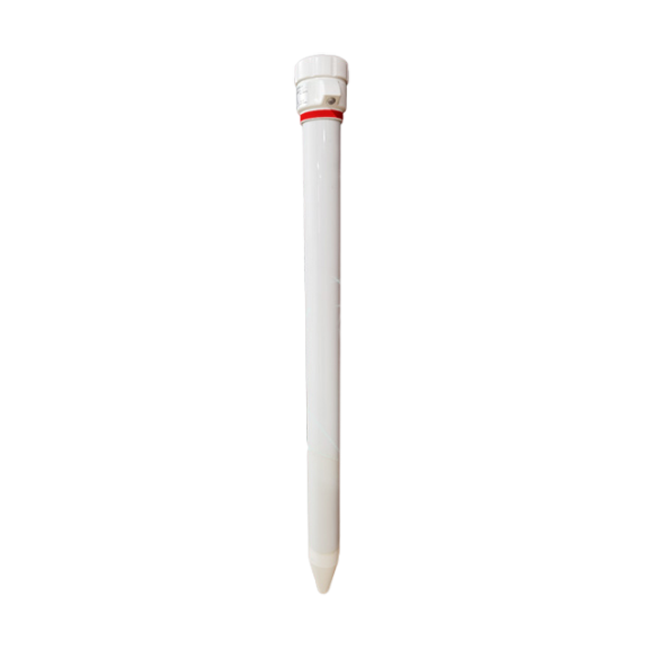 Capteur de sol multi-profondeur RS485
Capteur de sol multi-profondeur RS485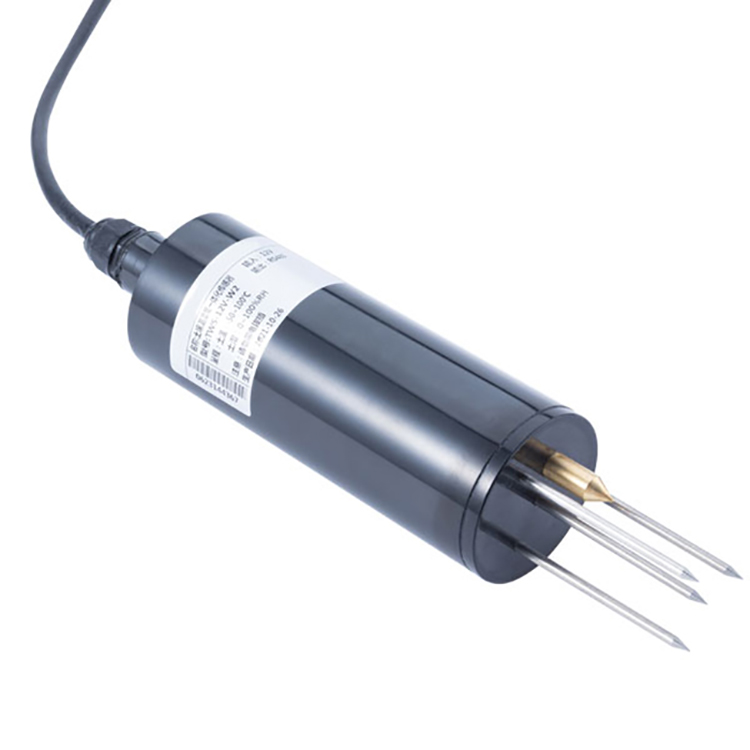 Capteur d'humidité du sol TDR
Capteur d'humidité du sol TDR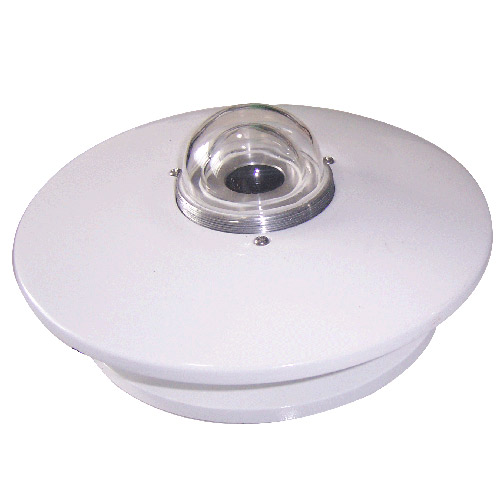 Capteurs de rayonnement solaire pyranomètres
Capteurs de rayonnement solaire pyranomètres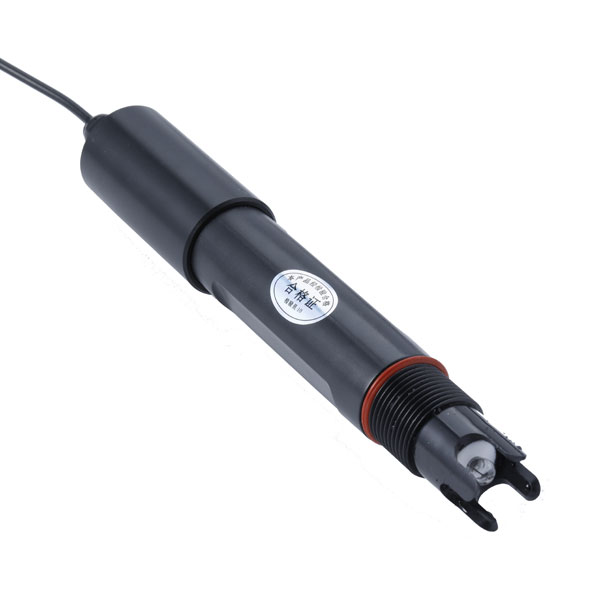 Capteur de pH du sol
Capteur de pH du sol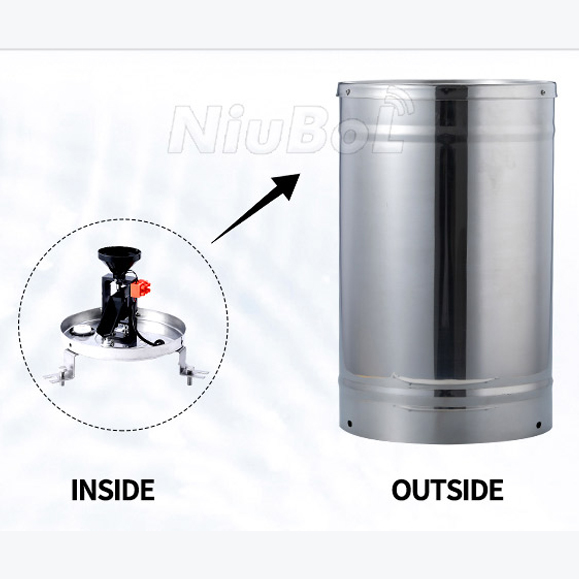 Pluviomètre à auget basculant
Pluviomètre à auget basculant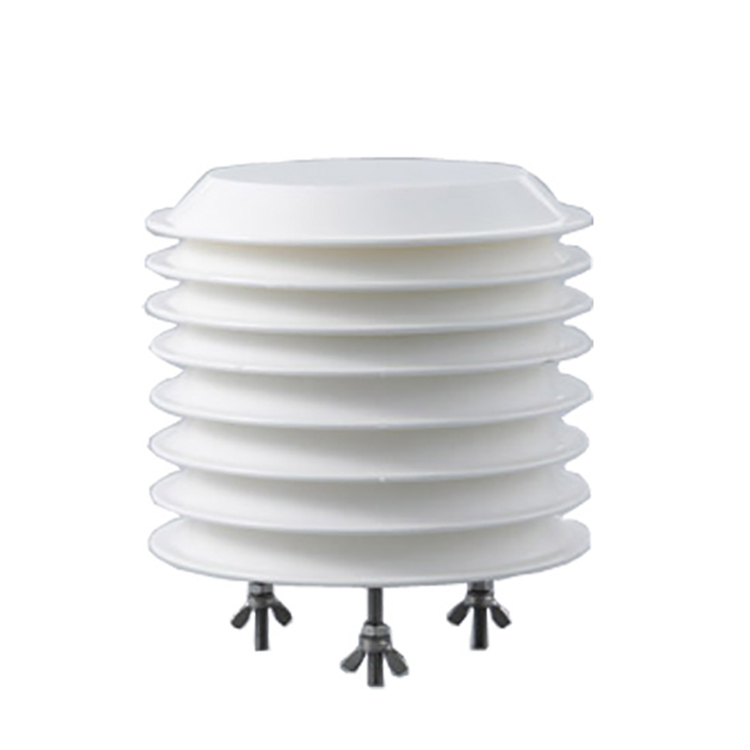 Capteur de température et d'humidité de l'air
Capteur de température et d'humidité de l'air
Capture d'écran, WhatsApp pour identifier le code QR
Numéro WhatsApp:+8615388025079
(Cliquez sur WhatsApp pour copier et ajouter des amis)